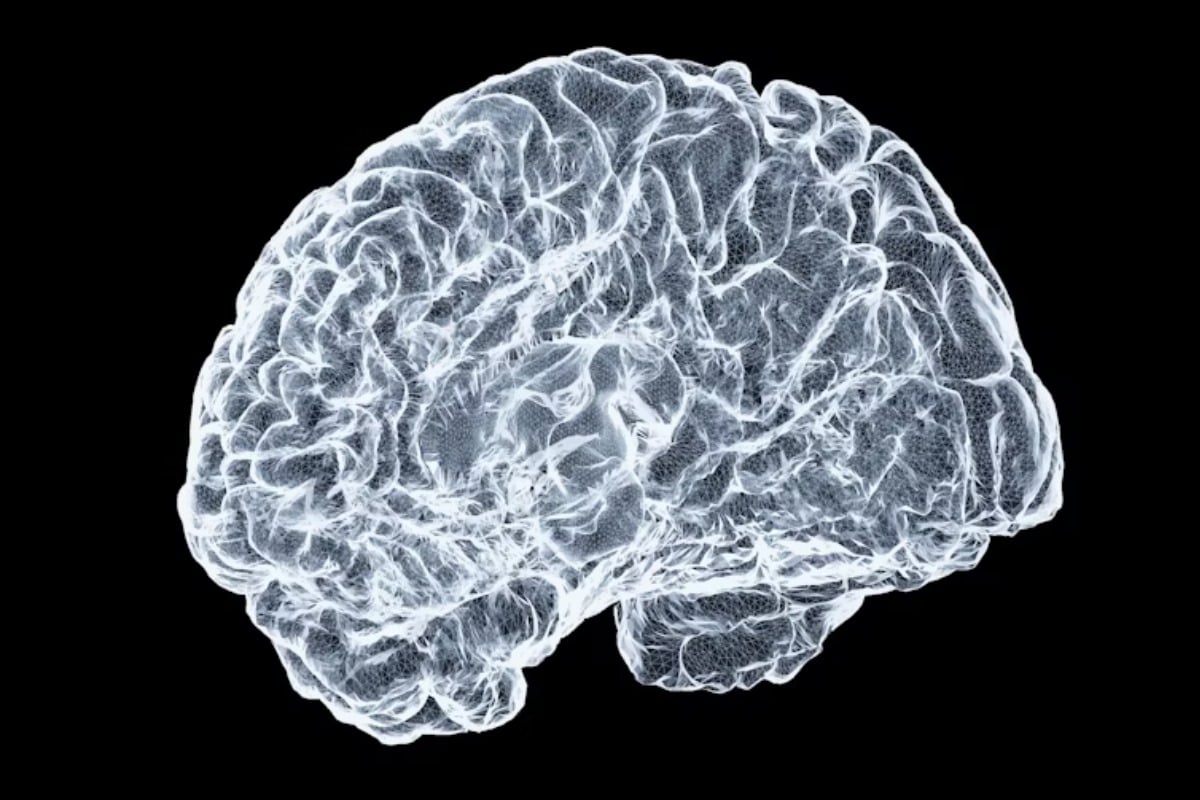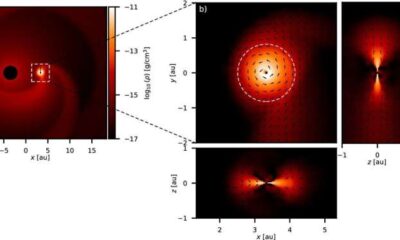Science
Ohio State Study Uncovers Brain Connectivity and Function Links

Researchers at The Ohio State University have conducted a groundbreaking study that reveals new insights into the architecture of the human brain. This research, regarded as the most comprehensive examination of brain connectivity to date, investigates how the brain’s networking patterns influence its various functions. The findings, reported by OSU News, may have significant implications for understanding brain disorders.
Unlike previous studies that focused on isolated brain functions, such as perception or social behavior, the team led by doctoral student Kelly Hiersche has taken a broader approach. They have crafted a “bird’s eye view” of the entire brain, detailing the complex wiring system that dictates its functionality. Hiersche noted, “We found evidence suggesting that connectivity is a fundamental organizational principle governing brain function, which has implications for understanding what happens when things go wrong in the brain.”
Mapping Connectivity Fingerprints
The study not only identifies unique “connectivity fingerprints” of various brain regions but also establishes a framework for distinguishing the functions of these regions. Senior author David Osher explained how the research contributes to a clearer understanding of brain operations. He stated, “Our findings help us understand the connectivity pattern that makes a language area unique, for example, and what makes it different from adjacent areas in the brain.”
Utilizing data from the Human Connectome Project, which included MRI scans of 1,018 individuals, the Ohio State research aims to enhance comprehension of the brain’s intricate wiring. Each brain region, comparable to possessing a unique fingerprint, processes specific functions distinct from its neighbors. Associate professor Zeynep Saygin added, “Just like how everyone’s fingerprint is unique, we find that different brain regions have uniquely identifying connectivity fingerprints based on what mental function they perform.”
Implications for Understanding Brain Disorders
The recent publication of these findings in the journal Network Neuroscience underscores the interconnectedness and functional distinctiveness of the brain’s various regions. As scientists continue to explore the brain’s connectivity patterns, they aim to unravel the complexities that underpin both typical and atypical brain functions.
The revelations from this study not only illuminate the standard traffic patterns of brain activity but could also serve as a roadmap for diagnosing and understanding disorders where these pathways have malfunctioned. As research progresses, the insights gained from this work may pave the way for advancements in treatment strategies for various neurological conditions.
-

 Politics2 months ago
Politics2 months agoHamas Chief Stresses Disarmament Tied to Occupation’s End
-

 Science1 month ago
Science1 month agoUniversity of Hawaiʻi Joins $25.6M AI Project for Disaster Monitoring
-

 Entertainment2 months ago
Entertainment2 months agoMegan Thee Stallion Exposes Alleged Online Attack by Bots
-

 Science4 weeks ago
Science4 weeks agoALMA Discovers Companion Orbiting Giant Star π 1 Gruis
-

 Science2 months ago
Science2 months agoResearchers Challenge 200-Year-Old Physics Principle with Atomic Engines
-

 Entertainment2 months ago
Entertainment2 months agoPaloma Elsesser Shines at LA Event with Iconic Slicked-Back Bun
-

 World1 month ago
World1 month agoFDA Unveils Plan to Cut Drug Prices and Boost Biosimilars
-

 Business1 month ago
Business1 month agoMotley Fool Wealth Management Reduces Medtronic Holdings by 14.7%
-

 Top Stories2 months ago
Top Stories2 months agoFederal Agents Detain Driver in Addison; Protests Erupt Immediately
-

 Science2 months ago
Science2 months agoInnovator Captures Light at 2 Billion Frames Per Second
-

 Entertainment1 month ago
Entertainment1 month agoBeloved Artist and Community Leader Gloria Rosencrants Passes Away
-

 Politics2 months ago
Politics2 months agoNHP Foundation Secures Land for 158 Affordable Apartments in Denver










